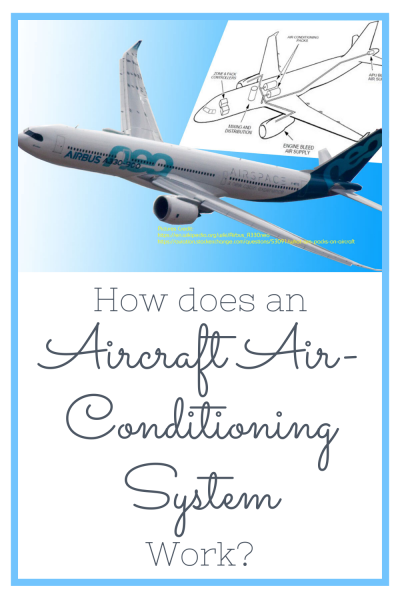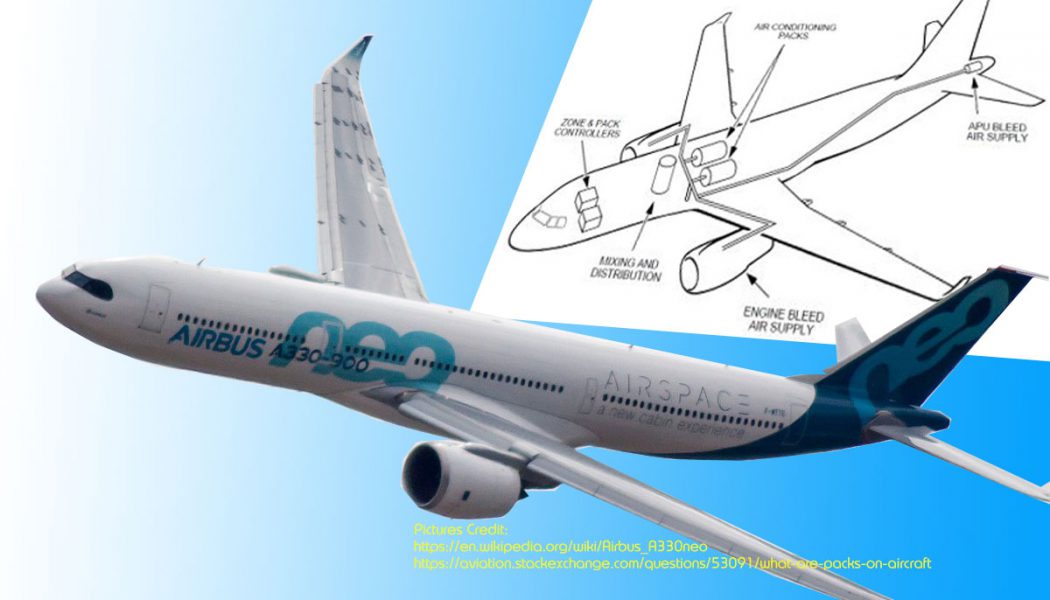Air Conditioner is a machine which treats the air inside an enclosed area by which warm air is removed and replaced with cool air. It operates by the principle of refrigeration cycle. In the refrigeration cycle, heat at a lower temperature from a source is transferred to a destination at a higher temperature. Here the source is a room (indoor) which is at a lower temperature than the destination (outdoor) that is at a higher temperature compared to the source.
Air Conditioners basically have the following main parts.
- Evaporator: A set of coils which receives the liquid refrigerant and a fan which blows air over the chilled coils into the room. Refrigerant inside the evaporator experiences a pressure drop which expands and turns back to the gaseous state
- Condenser: A set of coils which condenses the hot air thus facilitating the heat transfer. The condenser and another fan blow out hot air coming from the compressed refrigerant to the outdoors
- Expansion Valve: The expansion valve sits between the evaporator and the condenser coils, regulating the amount of the compressed liquid refrigerant going into the evaporator
- Compressor: The compressor is a pump which pressurizes the refrigerant gas and turns back to the liquid state
There are some additional components for an air conditioner like Sensors, Timers, Filters etc.
A complete description of the Aircraft Air Conditioning is too elaborate and does not cover the scope of this article. However, we will just glance through the important functional systems used mostly in the commercial Aircraft.
Air Conditioning of the Aircraft is also done based on the above principles but there is much more to it than just regular Air Conditioning and it requires a special technology. Cabin Pressurization and Air Conditioning are handled by the Air Conditioning System in large Commercial Aircraft. Bleed Air is used for this. Generally, Bleed Air is the compressed air taken from the compressor stage of a turbine which normally is at about 250 degree centigrade. In Aircraft, Bleed air is the Pneumatic Air coming from the Engines and the APU (Auxiliary Power Unit) and is used for Cabin Pressurization, pressurizing the Lavatory Water Storage Tanks as well as staring other Engines, Ice and Rain Protection. It is easily available, reliable and is a potent source of power. For the smaller Aircraft, the technology is different and done by compact Air Conditioning Systems.
There are Bleed Management Controllers (BMC) which control the Bleed Air Transfer and Pressure Regulation. Under normal in-flight conditions, the air (Engine Bleed Air) is bled from the engines and while on ground, the APU is used to provide air (APU Bleed) to the Pneumatic System for Air Conditioning and starting the Engines.
Hot Air leaks are monitored and controlled by Bleed Leak Detection Sensing Elements which are normally routed along the Airplane Ducts. When a leak is detected, appropriate warning messages are displayed and control action is initiated by the BMC.
Complete Air Conditioning is controlled by several components/systems such as Bleed Air System, Environment Control System (ECS), APU/Engines/Ground Source, Air Conditioning Systems, Anti-Icing System, Engine Indication and Crew Alerting System (EICAS), Pressurization Air Conditioning Kits (PACKS) etc. The system is comprised of Flow Control Valves, Air Conditioning Units, Ram (Repair and Maintenance) Air System, Distribution System, Ventilation System and Emergency Pressurization System.
The Environmental Control System does the following functions.
- Providing Conditioned Air inside the cabin
- Air for the Pressurization Control System
- Controls temperature in the Cockpit and Passenger Cabin
- Provides Ram Air in case of a failure of the ECS
- Maintains sufficient air flow for emergency cabin pressurization
- Re circulation of air
- Exhaust air from Cockpit, Cabin, Toilets and Galleys
- Provides warnings and indications to EICAS and maintenance information to the Central Aircraft Information Maintenance System (CAIMS)
Cabin Pressure Control Systems (CPCS) controls the Air Pressure inside the Cabin, comprising of Controllers, Outflow Valves and Safety Valves. Anti-Ice System prevents formation of Ice and Deice System removes the ice once it is formed. These systems protect the leading edge of the wings, tail surface, port openings, fuel tank vents, windshields etc. The PACKS (cooling packs) decrease the temperature and moisture content of the Bleed Air from the pneumatic system. The Ram Air System supplies air to the cooling packs’ heat-exchangers to cool the Bleed Air flow as well as supplies alternate air supply in the event of PACK failure.
The Controls for Air Conditioning are provided on the Air Conditioning Control Panel located on the Overhead Panel in the Cockpit. An Auxiliary Pressurization System provides alternate pressurization source for the Cabin in the event of the loss of the cooling packs. Temperature control is handled by the Air Conditioning System Controller (ACSC) in the automated mode. Conditioned Air is routed properly and circulated in the Cockpit and Cabins by various mechanisms.
Information Credit: Smart Cockpit
Pin it for later

